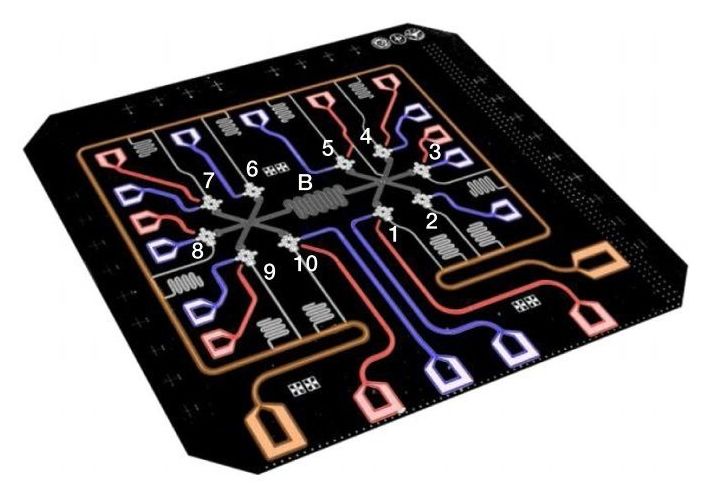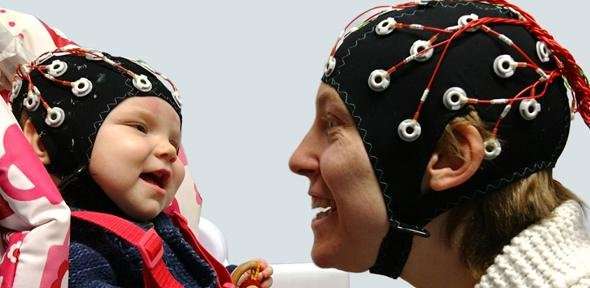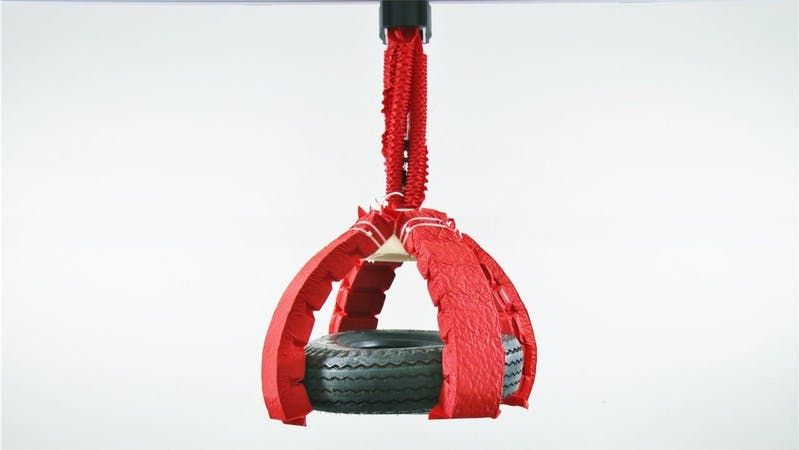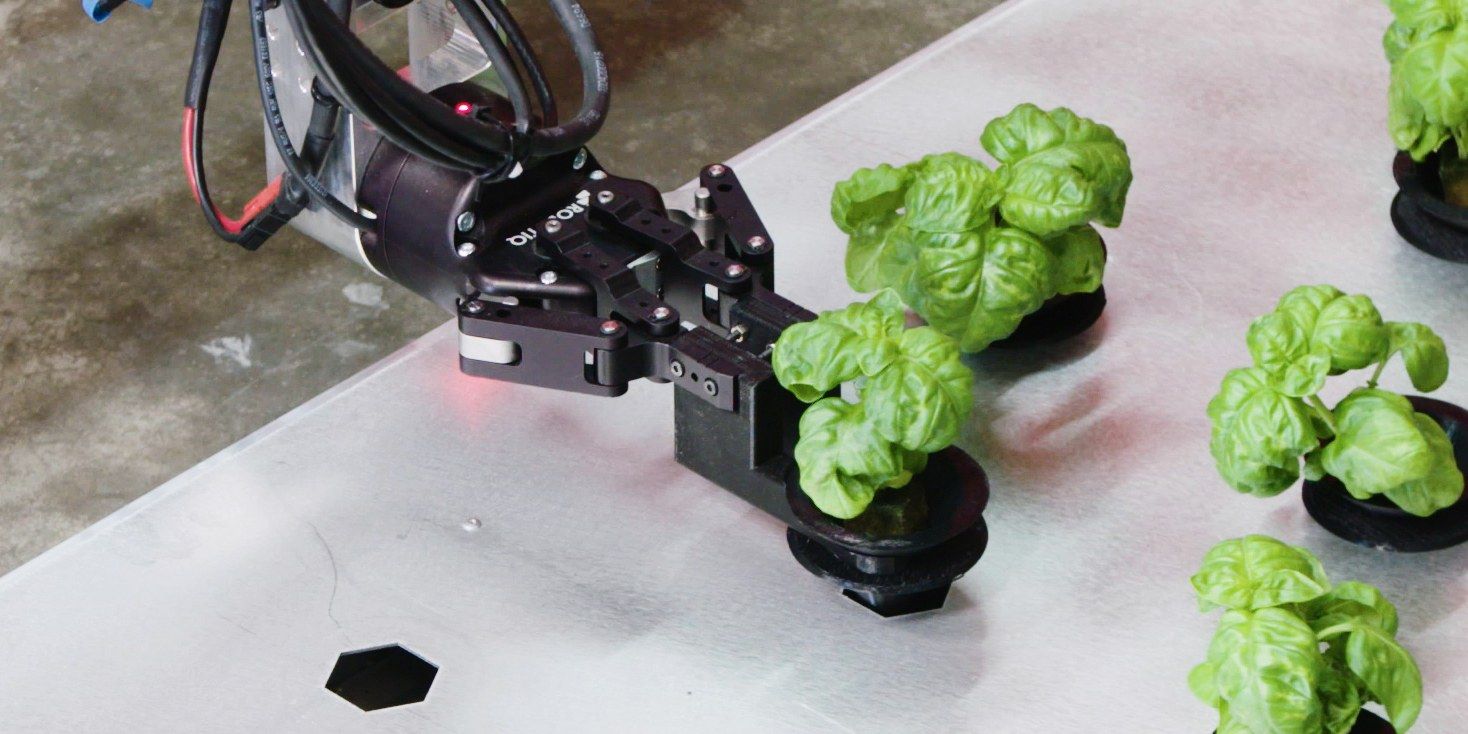Nov 29, 2017
Physicists set new record with 10-qubit entanglement
Posted by Saúl Morales Rodriguéz in categories: computing, quantum physics
(Phys.org)—Physicists have experimentally demonstrated quantum entanglement with 10 qubits on a superconducting circuit, surpassing the previous record of nine entangled superconducting qubits. The 10-qubit state is the largest multiqubit entangled state created in any solid-state system and represents a step toward realizing large-scale quantum computing.
Lead researcher Jian-Wei Pan and co-workers at the University of Science and Technology of China, Zhejiang University, Fuzhou University, and the Institute of Physics, China, have published a paper on their results in a recent issue of Physical Review Letters.
In general, one of the biggest challenges to scaling up multiqubit entanglement is addressing the catastrophic effects of decoherence. One strategy is to use superconducting circuits, which operate at very cold temperatures and consequently have longer qubit coherence times.


















